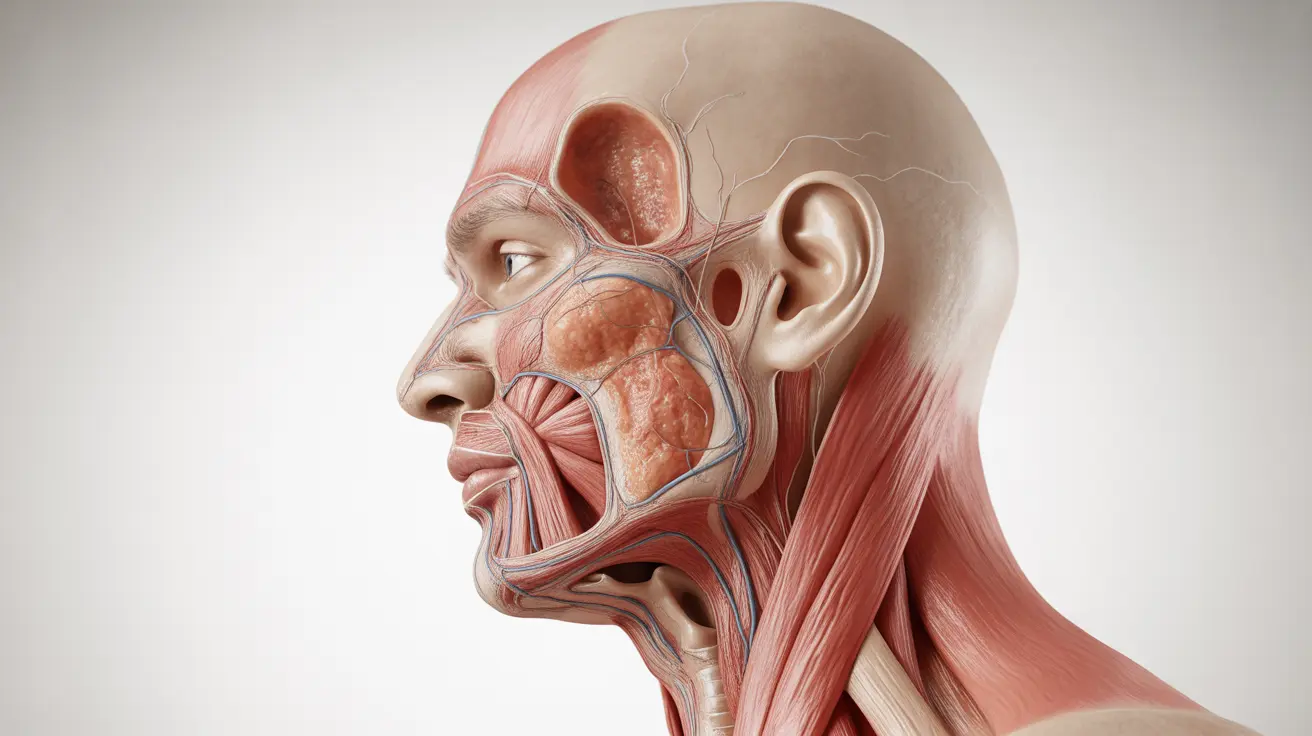Inner knee pain can significantly impact your daily activities and quality of life. Whether you're an athlete, fitness enthusiast, or simply experiencing discomfort during routine activities, understanding the causes and treatment options for inner knee pain is crucial for proper management and recovery.
This comprehensive guide will explore the common causes, symptoms, treatment options, and preventive measures for inner knee pain, helping you make informed decisions about your knee health.
Common Causes of Inner Knee Pain
Inner knee pain can stem from various conditions and injuries, each with distinct characteristics and treatment requirements:
MCL (Medial Collateral Ligament) Injury
The MCL is a crucial ligament that provides stability to the inner knee. Injuries typically occur from direct impact or sudden twisting movements, often during sports activities. Pain is usually sharp and localized to the inner knee area.
Meniscus Tears
The medial meniscus, a cartilage structure that cushions the knee joint, can tear from sudden movements or gradual wear and tear. These tears often cause sharp pain, clicking sensations, and difficulty with knee movement.
Arthritis
Both osteoarthritis and rheumatoid arthritis can affect the inner knee, causing chronic pain, stiffness, and reduced mobility, particularly in older adults or those with previous knee injuries.
Identifying Symptoms and Diagnosis
Different types of inner knee pain present unique symptoms that can help identify the underlying cause:
- Sharp, localized pain during specific movements
- Swelling around the knee joint
- Stiffness, especially in the morning
- Difficulty bearing weight
- Clicking or popping sounds
- Limited range of motion
Treatment Options and Management
Conservative Treatment
Many cases of inner knee pain respond well to conservative treatment approaches:
- RICE protocol (Rest, Ice, Compression, Elevation)
- Over-the-counter pain medications
- Physical therapy exercises
- Activity modification
- Supportive braces or wraps
Medical Interventions
More severe cases may require professional medical treatment:
- Prescription medications
- Corticosteroid injections
- Viscosupplementation
- Surgery (in severe cases)
Exercise and Rehabilitation
Proper exercises can help strengthen the knee and prevent future injuries. Common beneficial exercises include:
- Straight leg raises
- Wall slides
- Hamstring stretches
- Low-impact cardiovascular activities
- Balance exercises
Prevention Strategies
Preventing inner knee pain involves several key practices:
- Maintaining a healthy weight
- Using proper form during physical activities
- Wearing appropriate footwear
- Regular stretching and strengthening exercises
- Avoiding overtraining
Frequently Asked Questions
What are the most common causes of inner knee pain and how can I identify them?
The most common causes include MCL injuries, meniscus tears, and arthritis. Each condition has distinct symptoms: MCL injuries typically cause sharp pain on the inner knee, meniscus tears often produce clicking sounds and pain during movement, while arthritis usually causes chronic pain and morning stiffness.
What symptoms should I look for to know if my inner knee pain is due to an MCL injury or a meniscus tear?
MCL injuries typically cause immediate pain along the inner knee and instability, especially during side-to-side movements. Meniscus tears often produce mechanical symptoms like clicking, locking, or catching, along with pain during twisting movements and difficulty fully extending the knee.
How is inner knee pain from bursitis, arthritis, or ligament injuries typically treated?
Treatment varies by condition but typically includes a combination of rest, ice/heat therapy, anti-inflammatory medications, and physical therapy. Severe cases may require medical interventions like corticosteroid injections or surgery. Arthritis often requires long-term management strategies including exercise and weight management.
What exercises and home remedies can help relieve inner knee pain and prevent further injury?
Effective exercises include gentle stretching, straight leg raises, and low-impact activities like swimming or cycling. Home remedies include the RICE protocol, using compression wraps, and maintaining proper posture. Always start exercises gradually and stop if pain increases.
How can I reduce the risk of developing inner knee pain related to sports, aging, or overuse?
Prevent inner knee pain by maintaining a healthy weight, using proper form during activities, wearing supportive footwear, and gradually increasing activity intensity. Regular stretching and strengthening exercises for the legs and core can also help protect the knees from injury.




